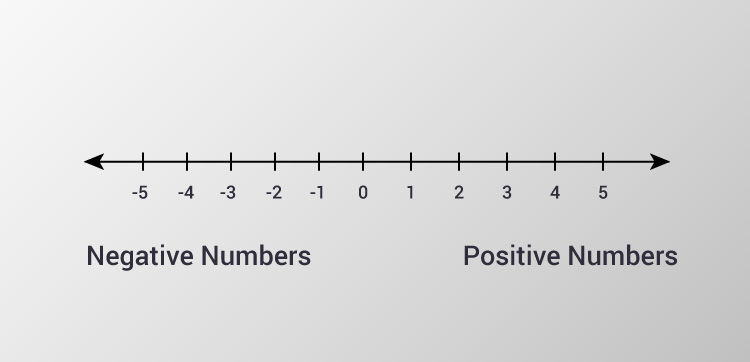C Program to Check Whether a Number is Positive or Negative
In this example, you will learn to check whether a number (entered by the user) is negative or positive.

To understand this example, you should have the knowledge of following C programming topics:
This program takes a number from the user and checks whether that number is either positive or negative or zero.
Output 1
Example #1: Check if a Number is Positive or Negative Using if...else
#include <stdio.h>
int main()
{
double number;
printf("Enter a number: ");
scanf("%lf", &number);
if (number <= 0.0)
{
if (number == 0.0)
printf("You entered 0.");
else
printf("You entered a negative number.");
}
else
printf("You entered a positive number.");
return 0;
}
Example #2: Check if a Number is Positive or Negative Using Nested if...else
#include <stdio.h>
int main()
{
double number;
printf("Enter a number: ");
scanf("%lf", &number);
// true if number is less than 0
if (number < 0.0)
printf("You entered a negative number.");
// true if number is greater than 0
else if ( number > 0.0)
printf("You entered a positive number.");
// if both test expression is evaluated to false
else
printf("You entered 0.");
return 0;
}Enter a number: 12.3 You entered a positive number.Output 2
Enter a number: 0 You entered 0.
Comments
Post a Comment